-
Posts
4,796 -
Joined
-
Last visited
-
Days Won
119
Content Type
Profiles
Forums
Resource Library
Events
Gallery
Blogs
Store
Community Map
Posts posted by Mayner
-
-

Meri Kirihimete me te Hape Nū Ia! (Merry Christmas and a Happy New year
Although not quite seasonal (early spring) the driver of 941 made a snowman on the headstock of his loco while waiting to cross a southbound train at Rarimu on the mountainous central section of the North Island Main Trunk line (wellington-Auckland)
-
 9
9
-
-
I moved most of the stock out of the fiddle yard in order to wire up the traverser and the resulting scene reminded me of Waterford North Wharf in the late 1970s when it was used to store redundant H Vans from a Dundalk-Kilkenny keg special probably one of the last loose-coupled goods workings South of Dundalk and over the North Wall-Waterford route.

018 and Van prepares to leave having shunted the redundant vans into position.
The next big job is to prepare some mock ups for the grain elevator and granary buildings at the end of the layout

E421 One of Hans Tomalie's "Tank Engines" seems to be ideal for shunting and trip working to other yards.

The loco is a 3D Printed Shapeways body with additional detailing on a custom built "Bull-Ant" motor bogie assembled about 10 years ago.
Re-gauging to OO should be interesting because on one side the wheels are a press fit on the axles, I wonder if there is a 400hp Maybach sound file with an Irish diesel air horn?
I am only showing the cab end as one of the buffers is missing from the nose.
Hans Tomalie appears to have been diesel engineer a German national who 'jumped ship' from a German Warship before the outbreak of WW11.
He appears to have been involved in the dieselisation programme, but his efforts were never officially acknowledged staff feeling he "got a raw deal" and eventually returned in unhappy circumstances to Germany.
I may re-name the layout North Wharf as it got a certain ring to it
-
 8
8
-
 1
1
-
 1
1
-
-
I recovered the second batch of "Flying Snail" Brake Vans from our pad-printers today following the lifting of travel restrictions from Auckland. (The city has effectively been in lockdown since 12th August).

I expect the vans will be ready for shipping early February as Christmas & Summer Holidays coincide in this part of the World with most businesses closed until Mid January.
We are now offering DHL Express as an option for shipments to Ireland/Europe and can offer a DTP service for shipments >€150 upon enquiry as the DTP fees are slightly lower than paying Customs Clearance fees and disbursements upon arrival.
We had customs clearance problems with some recent NZ Post/An Post shipments which have since been delivered following intervention from NZ Post. So far An Post & NZ Post have both failed to provide an explanation for the problem except the usual stock answers or respond to specific questions in connection with the declaration, we have not had this problem with shipments to other EU Countries or the UK or United States.
I have no further information at this stage on the decals for the CIE Bulk Grain, IRCH Standard Open or Covered Wagons.
-
 5
5
-
-
On 21/12/2021 at 3:08 AM, Irishswissernie said:
Nice to see that your wagons arrived though I could have sworn they set out behind B125,seem to have dropped off a container of BMC parts somewhere along the way.


-
 3
3
-
-
Some thoughts on Motive Power for Eastdock.
The layout is only really suitable for small diesel and steam locos as a B121 and 4 wagons just about fits on the traverser.

Small tender locos will just about fit, I have a OO gauge 52 Class and MGWR 2-4-0 but don't particularly want to build a OO gauge chassis for a J15.

A MGWR E Class /GSRJ26 is plausible and my original 1983 TMD Midland 0-6-0T 563 rebuilt 1993 is probably overdue for a mechanical overhaul, though a MGWR Heavy Shunting Tank Class P/GSR J11 or exGSWR 201/J11 would be more appropriate.
I have a full set of detail castings that would suit a P Class, it would be simple enough to produce the sheetmetal work and the chassis could be adapted for a MGWR 'Standard Goods" which is already on the to-do list.

For 'Modern Image" use A B121 and G617 would be ideal. The B arriving and departing with trip workings from a major yard or station the G carrying out the Yard Shunting.
I am thinking in terms of a High Level Quad Driver https://www.highlevelkits.co.uk/product-page/quaddriver-4wd-23mm-wheelbase to provide the necessary combination of reliable low speed running and torque, I am not a fan of Tenshodo Spud motor bogies for this type of use. I will probably replace the chassis in my Impetus RH88DS a reasonably good slow speed runner but very noisy.
The Ruston is just about plausible as a Port & Docks Board shunter.
The High Level chassis looks ideal for a motorised steam crane, though I would draw the line at motorising the cranes slewing and hoist functions.

I have an E421 with a rtr 21mm gauge custom Bull Ant chassis which just about might be worth re-gauging to OO as it does not fit in with current 21mm gauge motive power needs.
The B121 performs nicely with a MM Sound decoder at the default setting with a nice delay between the engine revving up and the loco starting to move.
-
 6
6
-
 1
1
-
-
10 hours ago, jhb171achill said:
Someone told me that the GSR's "Bri Cualann"* is a tragically incorrect translation, but CIE's "Bré" is even worse!
(* excuse missing fadas etc)
A bit like the native speakers in the Gaeltacht being unable to understand the Montrose RP Irish on the wireless or TV.
The classic one was the GSR "Drumbsambo" got both the Irish and English versions incorrect, its unlikely anyone from Kingsbridge asked a local to spell or explain the meaning of the name.
Its no different from a stranger trying to figure out a local or national pronunciation from reading a book or map.
It took me a long time to pronounce some Welsh, English and New Zealand place names.
A bit like the old joke about the English language that the capital was pronounced as London and spelt as Liverpool or vice versa.
-
 1
1
-
-
I managed to get out to a DIY store and buy a set of drawer runners for the traverser and install the table after dropping daughter off to a school holiday "Adapt a Pony" programme at the local Equestrian Centre luckily we haven't enough space to keep a horse in our back garden.

I decided on a traverser rather than a sector plate to simplify lining up 2 roads at a time.
The piece of brass rod is used to align and lock the table, with a hole drilled through the table into the baseboard.
I need to drill out and sleve the hole/'s with brass tube as there is some play between the brass rod and the table/baseboard.

Table slid over showing alignment marks and holes in baseboard.

Traverser runner, there is a runner under each end of the traverser. The top edge of the runner is slightly (card shim) than the baseboard cross-member to allow the table to slide freely.

Underside of traverser table, screws are fitted at both ends to stop the table twisting relative to the runners.
The projecting machine screws in the runners clamp the woodscrews in the table in place.

The main constraint with the layout in its proposed location is that the traverser is only long enough for a small Bo Bo loco and 4 wagons or a small tank loco or diesel shunter and 5.
This is probably sufficient to keep an operator busy shunting inward and outbound traffic using a card or computer based operating system where each wagon has an individual running number and a destination.
I am planning to make a second longer traverser table in order to run longer trains in a portable set up, at exhibitions or conventions.

Looking at a crane for the Quay some Irish Ports such as Sligo used diesel crawler cranes for offloading bulk cargo such as coal and grain but the Kibri crane is a bit on the big side and likely to get damaged if placed in the foreground.

I am tempted to convert the Jordan Erie Shovel into a rail mounted crane to park at the buffers on the kickback road or even motorise like the Fenit cranes.

-
 9
9
-
-
The Cavan & Leitrim Railway have a Fowler diesel loco https://www.facebook.com/cavanandleitrimrailway/photos/pcb.1111852582340390/1111852482340400/.
The loco ahs outside frames and the wheels are chain driven without a jackshaft drive
-
 3
3
-
-
I successfully de-bugged the DCC system and got cordless Radio/Infrared receiver working for bot controlling the loco and changing points, I last used the system for controlling large scale locos in the garden more than 5 years ago so nothing lost.
I set up a temporary section of straight track in the fiddle yard so I can run a train on or off the layout, but have decided to install a sector plate using drawer runners.
Back to the scenics or structures with the dock wall and road overbridge between the scenic section and fiddle yard.

I formed the dock wall using a suitable rip of ply glued and pinned to the baseboard, cladding the walls with Wills Scenic Sheets to match the retaining wall in the background.

The stone coarses on the Will Sheets line up once the sheets are laid the same way up. I sanded back the edges of the sheets then glued the joints with polystyrene cement.
I decided to extend the dock siding towards the bridge and will probably infill the area between the trackbase and dock wall with the same dense foam ground sheet.
I have to decide whether to pave the track in this area or bring the ash/ballast in this area up to the top of sleeper level.

Looking the opposite direction the joints between the stone sheets appear to be more noticeable, bit could disguise with mooring posts.
I shortened the plate girder overbridge which was originally built to span 3 tracks, I have to add parapets and arch detail to the nearside abutment and make a decision on the depth of the Quay which is way too deep for a canal or enclosed dock.
Any skullduggery can be disguised/hidden by the layout fascia.
-
 8
8
-
-
On 15/12/2021 at 1:52 PM, connollystn said:
The damage caused to the railway tracks by both the 201 and 071 locomotives was due to poor infrastructure. The reason that there weren't a lot more incidents was due to the knowledge of the locomotive drivers who knew where the trouble spots were and operated their' trains accordingly. From what I can recall from my youth is that the sleepers [ties] were in a very poor state and were barely capable of holding the tracks in place. The people running CIE are civil servants not railway people that's why the network is so bad.
The railways got into a bad state during the 1990s because of policy decision that there would be no further State investment in the railways under the Governments 1984 "Building on Reality" economic policy.
CIE was allowed to complete the Cork Line CWR & CTC upgrade and MK3 Intercity Coach project, but were otherwise expected to fund infrastructure, locomotive and rolling stock renewals/replacement from its own resources.
In return CIEs road and rail operations was separated into 3 three operating companies (expected to compete with each other) with greater operational autonomy, and essential loss making passenger services received an annual (capped) subsidy rather than the Government subsidising CIEs losses.
Initially IE was much more pro-active in promoting rail and improve services, hiring NIR railcars for the Greystones Shuttle and Cork Cobh services, winning new freight flows such as Mollasses, Grain, Pulpwood, swapping B201s Class locos for MK2 coaches to improve the fleet, but the strains soon started to show as IE struggled to stay within its budget and operate a train service as infrastructure, locos and stock wore out.
The "Building on Reality" policy if continued would have lead to the gradual run-down and closure of rail services over a 20-30 year period as operating assets wore out.
The MK3 Intercity programme was cut back the last 24 MK3 coaches were built as Push-Pull Trailers for Dublin Outer Suburban Services when the Government rejected IEs proposal to build a fleet of railcars for suburban and branch line services.
The 1990s upgrades were mainly funded by the EU as part of Irelands negotiations, at the time the Kildare Suburban (1993) and the Enterprise upgrade were presented by the Government as either or schemes, there was still uncertainty over the future of the railways (the Government was fed up with infighting between CIE/IE management and the Unions) up to the time of the 2001 Strategic Rail review.
Going back to the MK3 Coaches with two person operation the guard is responsible for ensuring the train was safe to depart which included ensuring the doors were locked.
With the MK3 Push Pull Sets the guard originally controlled the doors from a panel in the coaches, but later travelled in the loco while propelling after a 121 de-railed and mounted the platform ramp while propelling a South bound Push-Pull set through Balbriggan. 201s appear to have took over Dublin Outersuburban Push Pull Duties at some stage in 2001-2
-
 2
2
-
 1
1
-
-
Although my main interest is the Midland I settled on Kiltimagh on the Burma Road mainly because of family connections, the compact and attractive nature of the station. My father was born in Ballinamore (nr Kiltimagh) and spent most of his childhood there before moving to Galway in the 1920s.
I was struck by the sight of the signal box guarding the level crossing at the south end of the station as we drove over the crossing on our first family holiday in the West when I was about 10 or 12.
I had my first decent Grice around the station during my summer holidays in 1982. Gradually surveyed the station on three visits between 1996 and 2018 and have been working on drawings of the buildings and structures since around 2004, I am not exactly a fast worker!
I had the signal cabin laser etched by York Model Making, but decided to "scratchbuild" the remaining buildings in ply or mounting board with Wills Scenic Sheet walls and etched window frames and architectural details to my own design, I will probably follow Andy Cundick's or Simon deSouza's example and slate the roofs in paper rather than the Wills Scenic sheets.
Although the 'facilities" passing loop and two siding loading banks and good shed are similar to other 'large" Burma Road stations the tracklayout is unusual with the station hemmed in to the space between the two level crossings with both siding running behind the platforms as opposed to the more elongated layouts at Swinford, Tubbercurry and Collooney South with the goods facilities largely separate from the passenger station.
The line through the station is on a down grade in the Sligo direction, a fatal accident occurred during WW1 when a North bound ballast train ran through the station and collided with a Southbound goods or Cattle train, the short stub siding at the Sligo end of the loop was probably provided to prevent loose coupled goods trains running away during shunting, gravity shunting is featured in a Video of the line in its final years. A 001 Class and a couple of vans arrive at the platform from the Limerick direction, followed shortly afterwards by some vans for the yard arriving by gravity, followed by the rest of the train when the signal man re-makes the road for the main. I hope to model the down grade but would be challenging to re-create the gravity shunting.
The station building appears to be a standard WLWR design used at several of the smaller stations between Ennis and Collooney Junction and on the Clonmel-Thurles line.
I forgot to measure the width of the gable end during the 2003 survey and had to make some adjustments to the drawing following the 2018 visit.
The buildings featured a nap rendered finish with stone quoins, I prepared a set of etched window frames one-two years ago and recently prepared a set of decorative bargeboards and quoins.
I measured up most of the buildings in 2003 before moving to New Zealand and re-checked some of the dimensions during an Irish holiday in 2018 but forgot to measure up the crossing keepers cottage.
This lead to some skulldugery to produce a drawing using Google Maps, photos and working out brickwork modules. The brickwork in the porch is laid in Flemish Bond which lead to an interesting exercise on working out the brick 'closers' used at quoins and window and doors openings something I last studied 40 years ago. Ignore the dimensions, I had to re-size the drawing to produce a usable image

I am planning to focus on the buildings until I relocate my OO gauge Timesaver layout to another room and will probably start with the Crossing Keepers Cottage having enough Wills Sheets and etched parts in stock.
-
 11
11
-
-
Florencecourt is very unusual in being a single line block post without a crossing loop though with Staff & Ticket working the risk of a head would have been fairly low, it would be tempting to add another baseboard for exhibitions or occasional set up to run longer trains 7-8 wagon goods trains. It might even blossom into a 7mm SLNCR Modellers Group with different members building models of the smaller stations a 21st Century follow on from Richard Chowns Castlerackrent.
You won't need much in the line of motive power SSM Leitrim kit or two along with your Large Tank would fill out the motive power roster, the Railbuses and Railcar would be the most challenging.
The open wooded countryside much more achievable than the more rugged Leitrim and Sligo Countryside.
-
 3
3
-
-
11 minutes ago, spudfan said:
From Derails
New Accuruscale Siphon bogie wagon. £54.95 each. 10% discount on two or more.
ACC2411-W2938W Accurascale OO gauge Siphon G - Dia. O.33 - BR Carmine Red, W2938W (derails.co.uk)
Interesting comparison with the Lima Siphon G which was considered to be a good model by the standards of the time https://www.rmweb.co.uk/community/index.php?/blogs/entry/24060-lima-siphon-g/
-
 1
1
-
-
The TARIC coding depends a lot on the shipper or logistics business sending the item.
I use DHL Express for the more high value DTP shipments, my DHL shipments go under 9503.00.9990 which basically accepts any type of kids toy as the "Electric Trains" 9502.00.3000 code is not on their data base.
Interestingly my Account Manager suggested searching under Train Set which would have incurred a 4% duty.
At this stage I am seriously considering DHL Express for all my Irish shipments as I am still experiencing problems with NZ Post and An Post despite using the correct TARIC codes.
-
 2
2
-
-
11 minutes ago, murphaph said:
It'd be interesting to know how much extra you'd be paying per wagon if they were sold individually packaged.
With the cost of shipping at an all time high right now, I'm guessing that would feed in significantly. You would be shipping a lot fewer wagons per container if they all had their own box.
For the moment I prefer the multipacks as I suspect the cost per wagon is a good bit less and the boxes take up less space in storage.
Packaging is a significant % of manufacturing cost, model railway items likely to be above average due to the small size and delicate nature of the product.
https://www.libertypackaging.com/blog/bid/97272/a-look-at-packaging-costs
A single box for 2-3 items would substantially reduce the packaging set up/tooling cost the material costs would be pro-rata.
Obviously Accurascale items would be expected to sell in substantially larger volumes that IRM an the packaging cost lower.
-
 2
2
-
-
3 hours ago, Broithe said:
The 201 Class did a lot of damage to the 90lb ex-1920s MGWR rail still in use on the Mayo & Galway Roads in the 90s, the 071s did much the same for the 85Lb rail still in use between Mulllingar and Sligo.
The Knockcrokery derailment triggered an independent review by an international rail consultant who were shocked by both the standard of track maintenance by the Athlone Division and heavy axleload locos like the 201s running at relatively high speed on such light rail put down during the 1920s
The report was complimentary about the Waterford Division standard of maintenance of point and crossing work and it maintenance of Bullhead track on the Waterford-Rosslare Line with some rail dating from the 1906 opening of the route.
Its likely that the lines with ex-GSWR bullhead track in the Waterford Division were better resourced than the Athlone Division in terms of labour as bullhead track with its chairs and keys was more labour intensive to maintain than jointed flat bottom which received more cursory maintenance. I
-
 1
1
-
 3
3
-
-
At one stage Peco supplied the "Over center spring" as a (possibly free?) spare part.
They would send an envelope full of springs if you contacted the Peco Technical Advice Bureau https://peco-uk.com/pages/help-advice
It might be worth sending an e-mail.
-
7 hours ago, J-Mo Arts said:
This is how the project is ending up looking; it's taking form nicely:
 Going for a 2-6-0 wheel arrangement, as I've been able to regauge a 00 wheelset I had lying around. They're fairly big wheels and I may do outside axleboxes for interest, like the Isle of Man Beyer Peacocks. I'll leave the bufferbeams bare until I choose a coupling style, Branchlines' chopper couplings do appeal for that look of realism.
Going for a 2-6-0 wheel arrangement, as I've been able to regauge a 00 wheelset I had lying around. They're fairly big wheels and I may do outside axleboxes for interest, like the Isle of Man Beyer Peacocks. I'll leave the bufferbeams bare until I choose a coupling style, Branchlines' chopper couplings do appeal for that look of realism.
Thanks for reading!
She looks close to one of the LLSR Barclay 4-6-0Ts
I wonder would the Tri-ang Castle or Princess Chassis be a better option that the jinty? Second hand TT prices seem a lot more realistic than OO
https://www.ebay.co.uk/itm/353802880994?hash=item52604b87e2:g:jDgAAOSwOYFhsMVU.
If you are feeling adventerous you could try re-wheeling with Markits wheels with extended TT axles and outside cranks, everything is self jigging Markits supply a special axlenut screwdriver. and you end up with a reasonably authentic outside framed Swilly Loco.
My favourites are the two dainty Kerr Stewart Tanks Aberfoyle and Richmond

No 4 with a decent looking dome though the chimney is a bit of a monstrocity
-
 3
3
-
-
14 minutes ago, Galteemore said:
Interesting to see how quickly some lines were lifted. I think my dad was still catching lifting trains around the Irish North in Fermanagh in 1960, lines which closed over 2 years before the CDR! The Cavan and Leitrim was also ripped up quite quickly.
Traditionally the railways tried to lift and abandon closed lines as quickly as possible in order to dispose of the track bed and extinguish any potential liability claims.
A closed line continues to be a drain on the railways finances until the line is abandoned and and the trackbed sold.
I had a friend in BR who's job in the 1990s was extinguishing liabilities on lines closed during the Beeching era mainly transferring the liability for fencing lines and maintaining structures to landowners and councils.
Presumably CIE/IE receives a Government payment to cover liability claims on disused lines, cost of maintaining fencing and road overbridges and some form of right off for the income it would have received from scrapping the line.
UK Councils got first refusal on closed railway lines from the late 60s, presumably the Irish Greenway movement allows CIE/IE to transfer the liability of closed/mothballed lines to the Councils in a similar manner as the transfer of the Canals to Waterways Ireland during the 1990s
-
 1
1
-
-
8 hours ago, jhb171achill said:
They were also known as "hooded" vans by some railwaymen - jhbSenior and, for what it's worth, one old Kildare signalman who he knew, used to refer to them as such. I think the term came from an idea of a distinction between them - with internal "main line" dimensions and the older wooden framed vans, very often with lower roofs. Not certain of that, though.
JHB was my source for describing the 4W luggage vans as "Hooded Vans" and the Heating Vans as "Tin Vans" sticks in the mind easier than 2700-2765 series Luggage Brake Van.
I think Jonathan wrote that vans with Corridor Connections/Gangway were known by railwaymen as "Hooded Vans" to distinguish then from the older 4W and 6W Vans which did not have corridor connections.
The introduction dates give a clue to van livery and possible repaints.
The original 1955/6 Heating and Luggage vans were introduced in unpainted silver and the 1959-60 vans in Green.
The original Heating and Luggage vans would have been dirty/weathered enough (boiler exhaust, oil spillages), A Class loco exhaust to justify a repaint by the late 1950.
The Luggage Vans & PO vans were newer than the 1st batch of Heating and Luggage Van and not due for works attention re-paint until the Black and tan scheme was introduced.
There were only 10 PO vans so they were exceedingly rare and not a high priority for a re-paint appearing mainly on Night Mail Trains
CIE would have painted locos and coaches as they came due for re-paint after a work's visit, the recently converted AEC railcar intermediates seem to have been among the first coaches converted into the Black & Tan scheme.
There is a wonderful official possibly late 1961 early1962 CIE photo in Michael HC Bakers "Rails around Cork and Kerry Irish Railway Pictorial (Ian Allen" 2005)of a recently re-painted A6 and train made up of 2AEC railcar intermediates, the State Coach 351 and possibly a Buffet Car sandwitched between two Luggage Brake Vans all in the new black and tan scheme.
Its possible that the train was staged as a publicity photo with the railcar intermediates out of gear posing as coaches or even Dev or possibly De-Gaulle on the way home from a visit to Sneem or Killarney
-
 1
1
-
-
It looks like Roscrea Bagged Cement train continued to operate as late as 1997.
The Bagged Cement trains tended to serve smaller depots like Nenagh and Roscrea on a weekly cycle and depots like Abercorn Road Dublin on a more frequent or daily basis.
Fertiliser was mainly transported in trainload lots from Shelton Abbey and possibly Marino Point to a single railhead, the traffic was more seasonal in nature delivering an entire seasons or several weeks supply.
Clonmel and Thurles are likely to have handled fertiliser and bagged traffic into the late 90s.
Reduced demand for bagged cement and bagged fertiliser and high inventory costs would have been a factor in the shift from rail to road. Builders shifted from using bagged cement to pre-mixed products during the early 80s as readymixed mortar was cheaper and less wasteful than mixing the stuff on site, similarily farmers have been cutting back on Nitrogen fertiliser use for many years as intensive farming became increasingly un-economic.
Roscrea was also served by a Liner until the early 90s.
IEs Liner trains mainly carried "Sundries" (small lots) in caged pallets in 10' & 20' containers for local delivery, Individual Containers and Keg traffic. Stations which had been relatively busy such as Roscrea, Nenagh and Clonmel appear to had lost a lot of freight traffic following the conversion from Loose Coupled to Liner Train operation. Roscrea and Nenagh were now served by a trip working from Limerick with increased transit times for sundries and freight traffic to and from Dublin, rather than a direct service provided by the Dublin-Nenagh-Limerick goods trains.
Clonmel appears to have mainly handled Bagged Cement and Fertiliser traffic with road transfer of sundries and keg traffic from Kilkenny
-
 4
4
-
 1
1
-
-
5 hours ago, J-Mo Arts said:
A bit of bored 3d modelling of a L&LSR/L&BER 4-6-0 gives me this, with the TT chassis dropped in roughly in red:
As the motor is protruding from the front of the cab I think I'll extend the bunker back and move the chassis backwards, which will also give the space (I hope) for a shorter wheelbase bogie in front of the TT bufferbeam. If not, I could make a 2-6-0.
Thanks for reading!
It looks like LLSR No 17/No 4 Innishowen would make a nice straightforward conversion project for the TT Jinty chassis

-
 2
2
-
-
7 hours ago, KMCE said:
One of the biggest challenges in 3D printing is orientating the model for printing and designing the temporary support structure which can end up like a major scaffold structure.


-
 2
2
-
 1
1
-
 1
1
-
-
28 minutes ago, jhb171achill said:
Better bring this to Todd Andrew's (CIE Chairman) attention and nip this extravagance and waste in the bud.
Obviously Dugort and Castletown West fell out of the folder with the West Cork and Kenmare line closures before it reached the Chairman's desk or a marginal Government seat in the Dail.
-
 1
1
-
 1
1
-
.png.c363cdf5c3fb7955cd92a55eb6dbbae0.png)

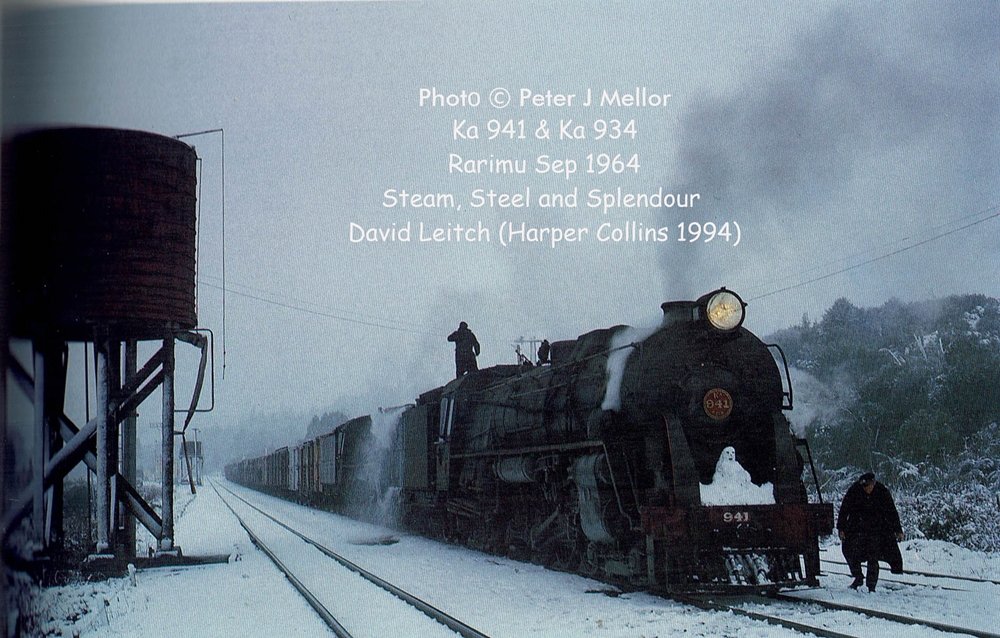
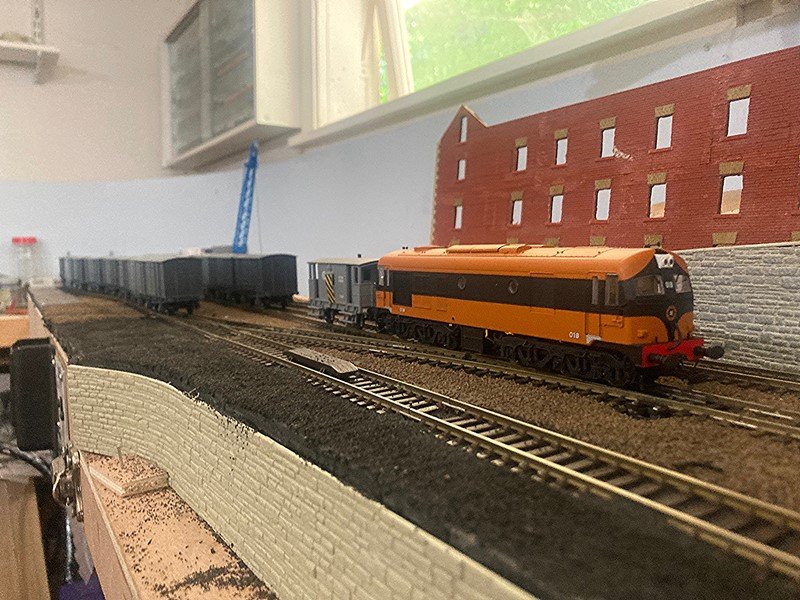
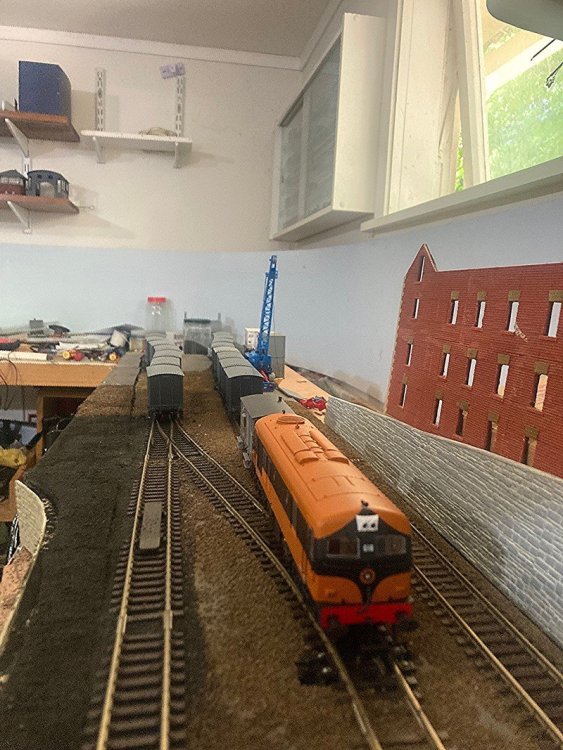
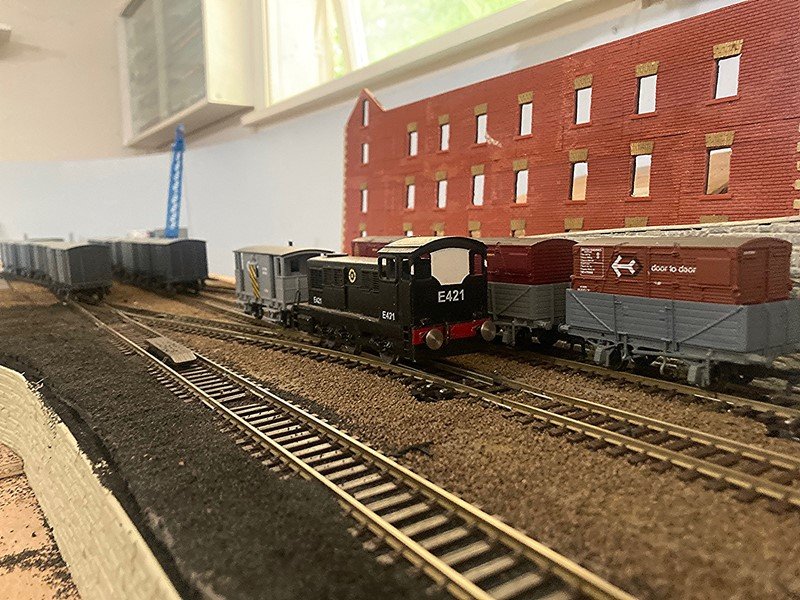
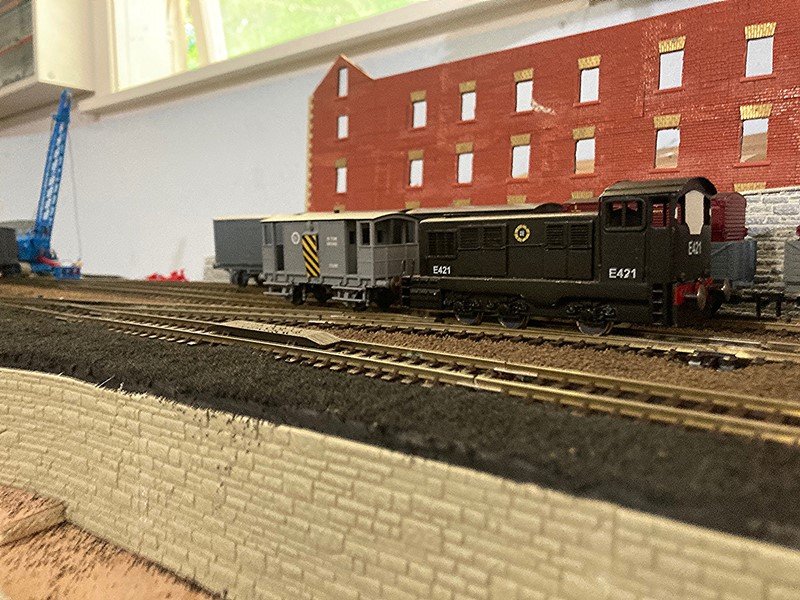
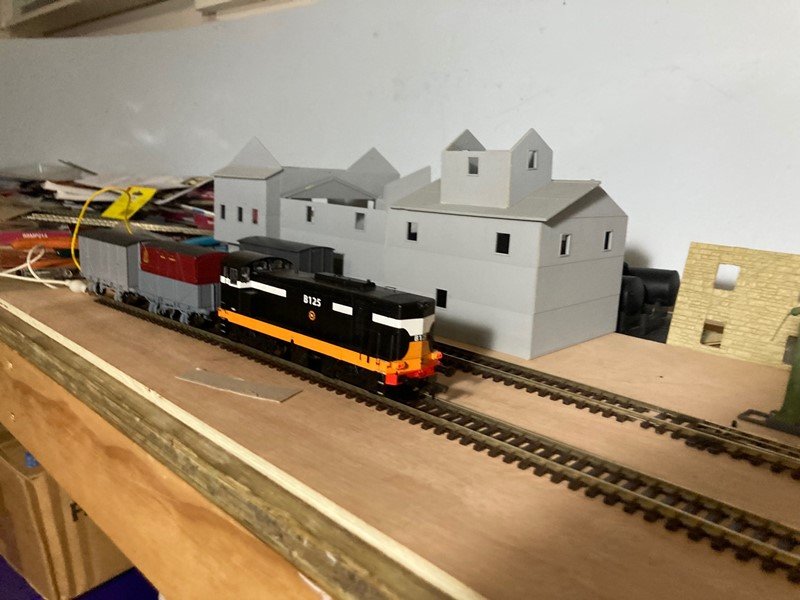
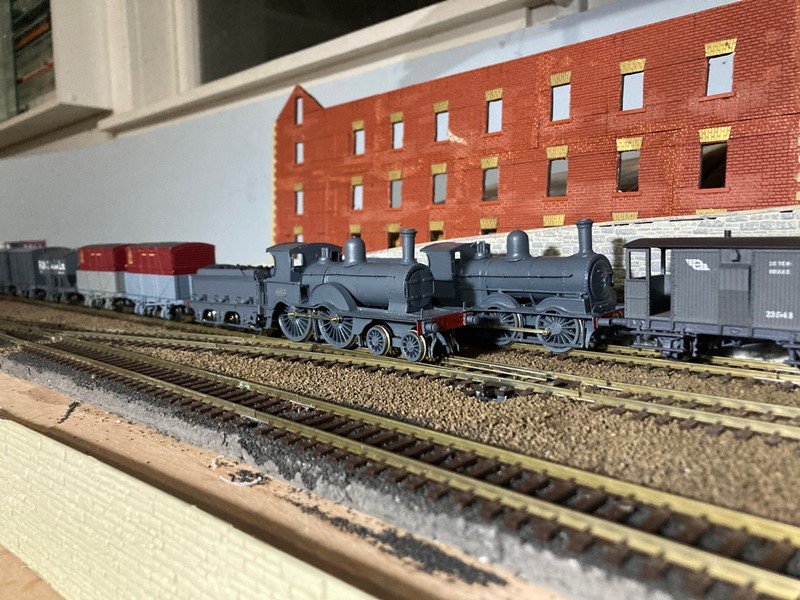
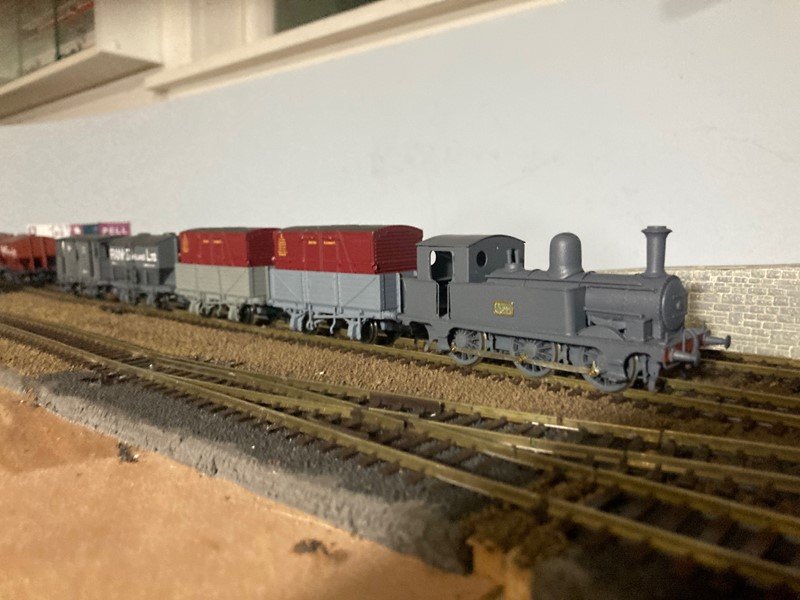
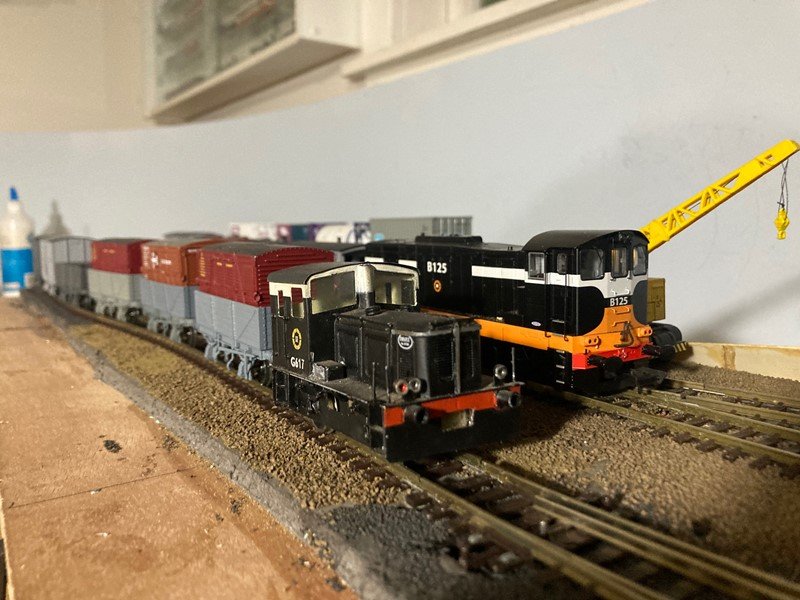
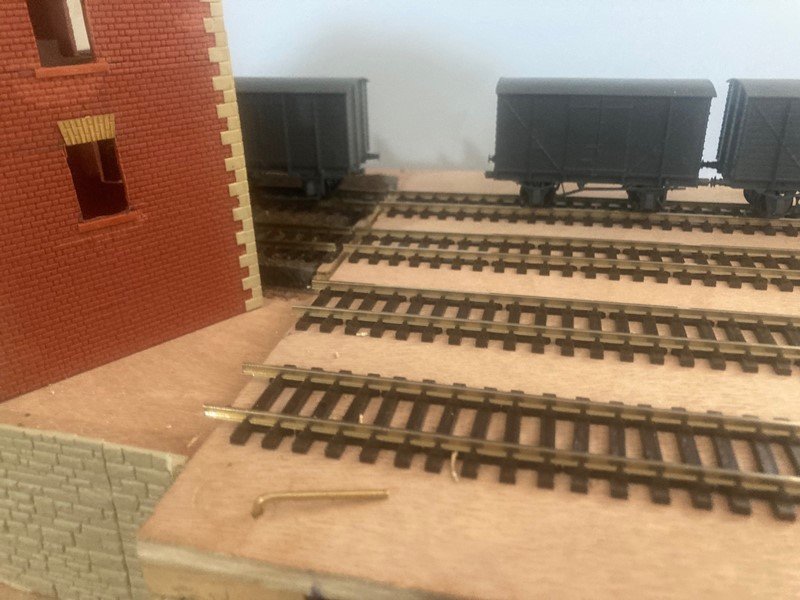
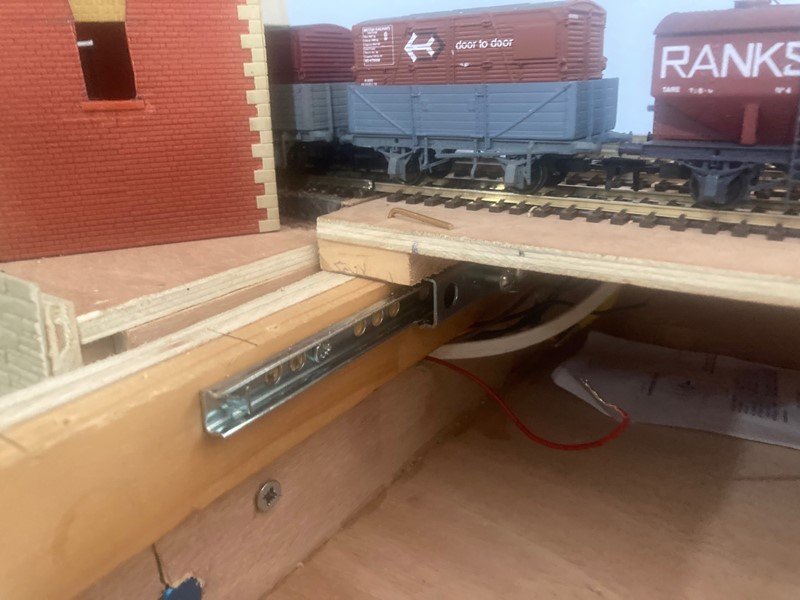
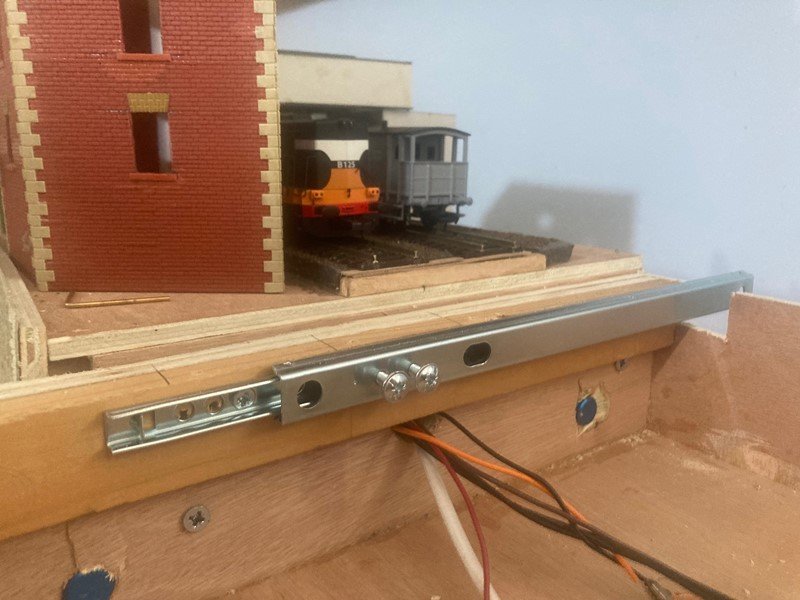
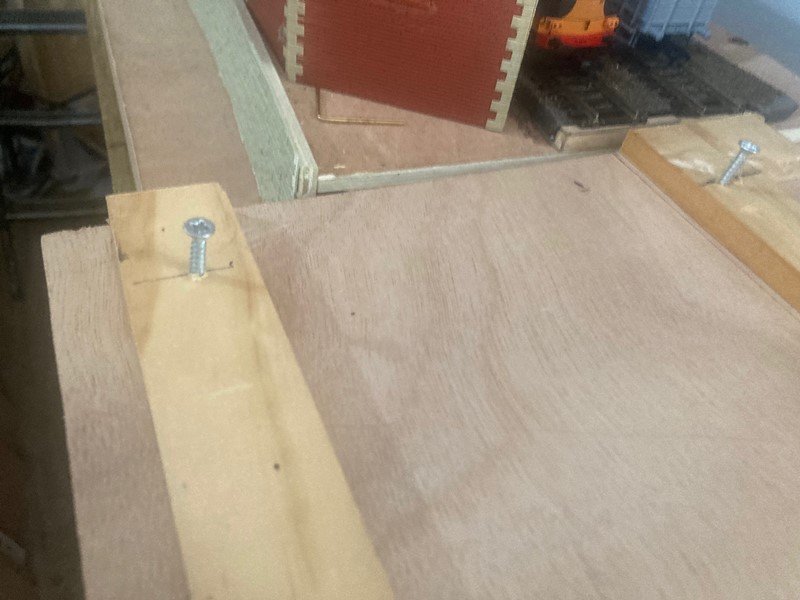
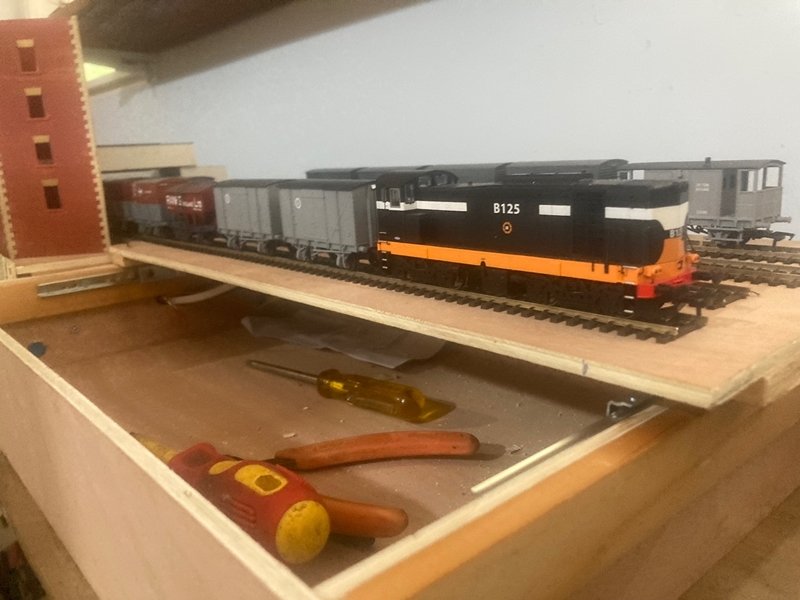
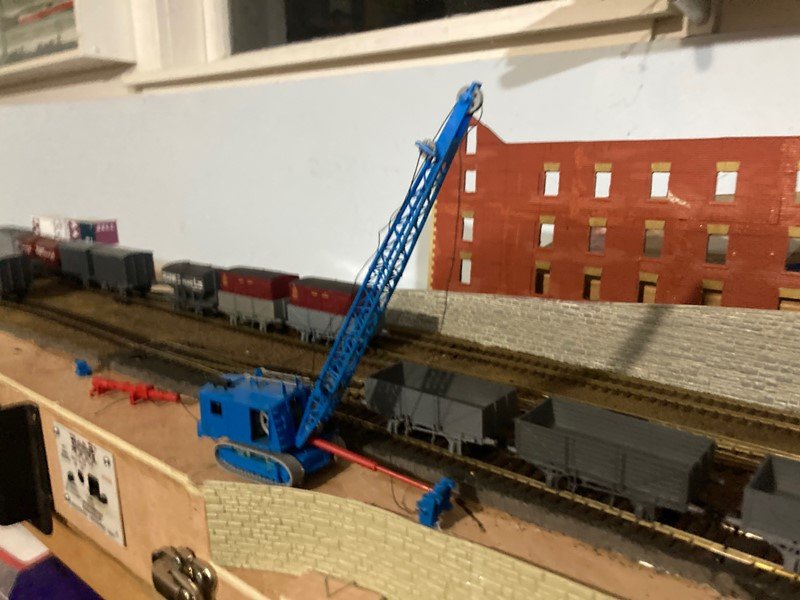
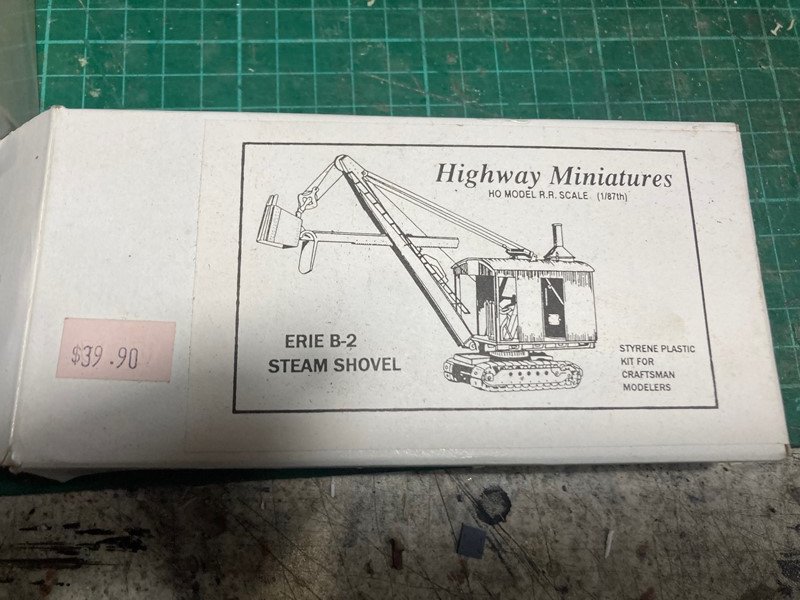
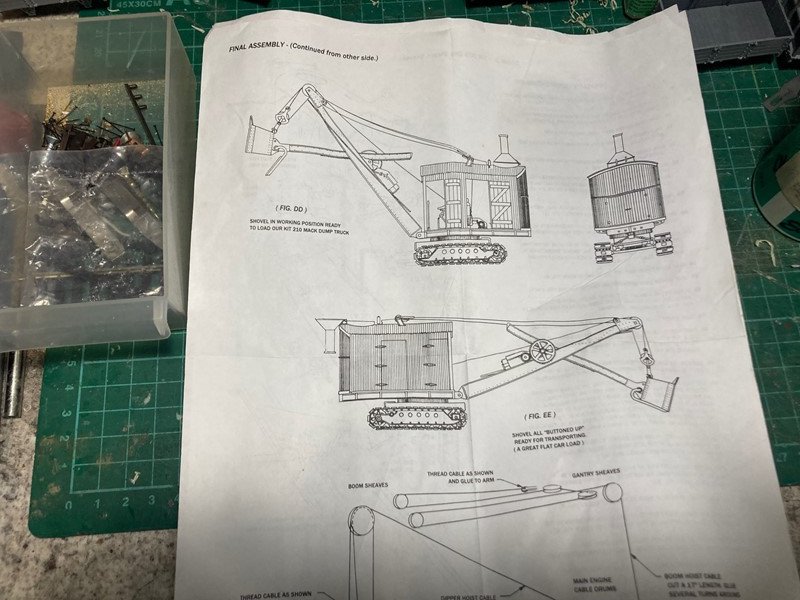
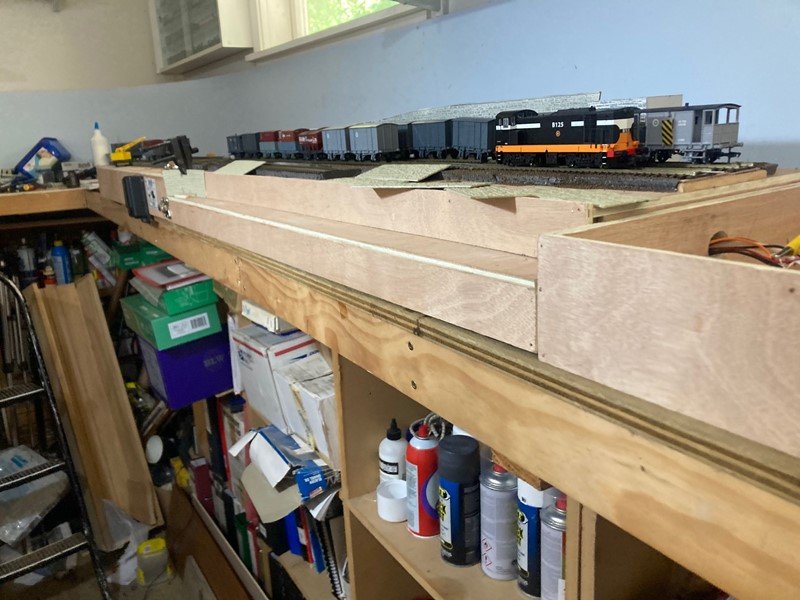
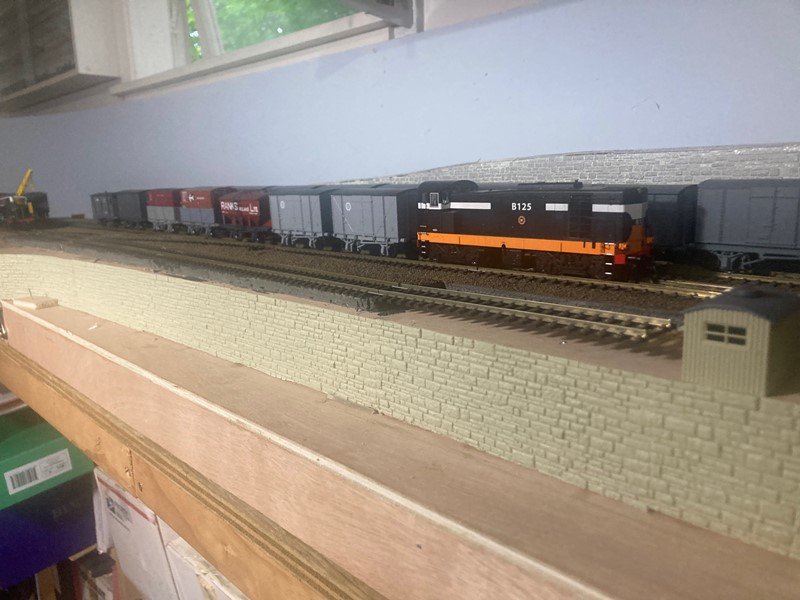
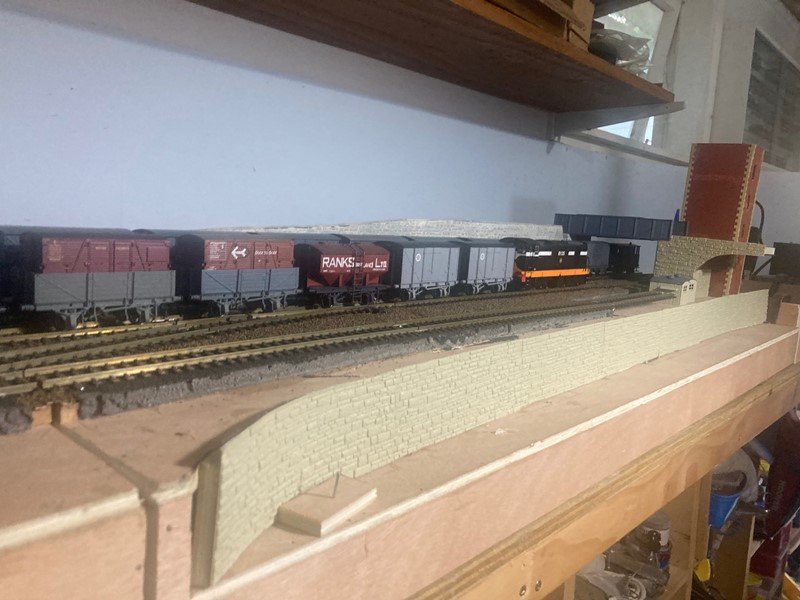

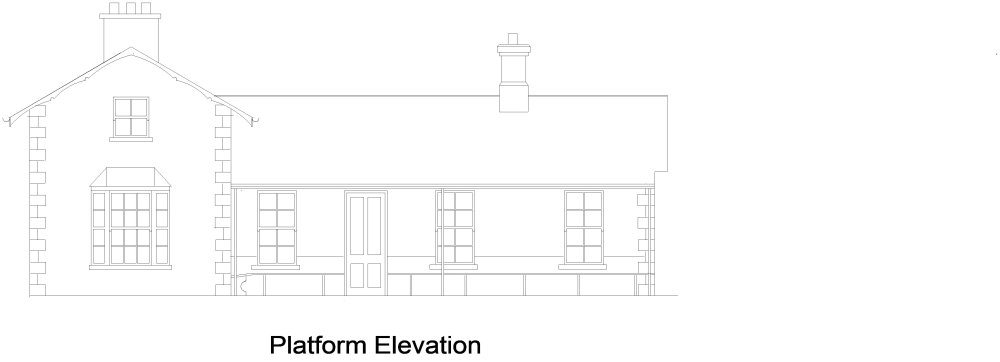
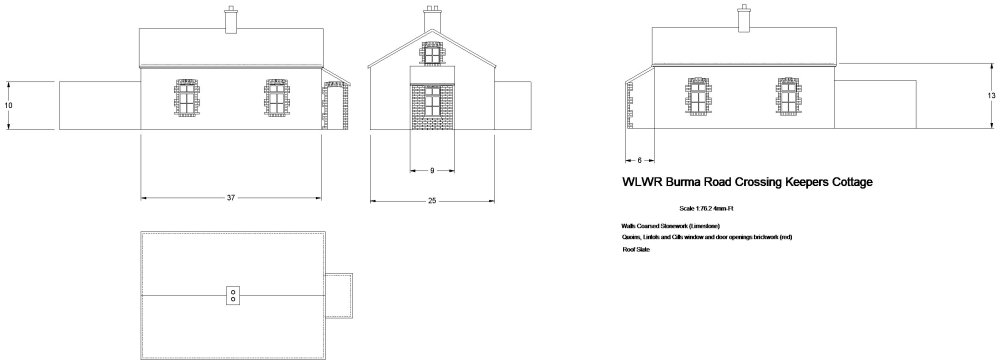
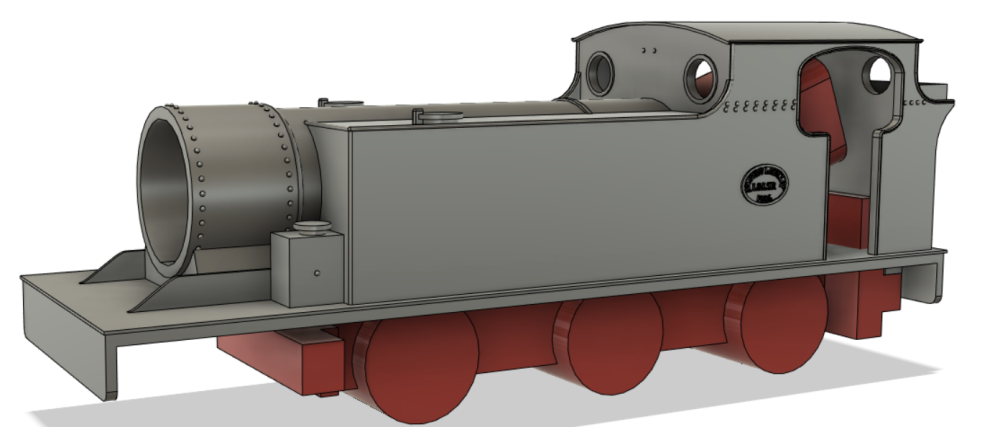



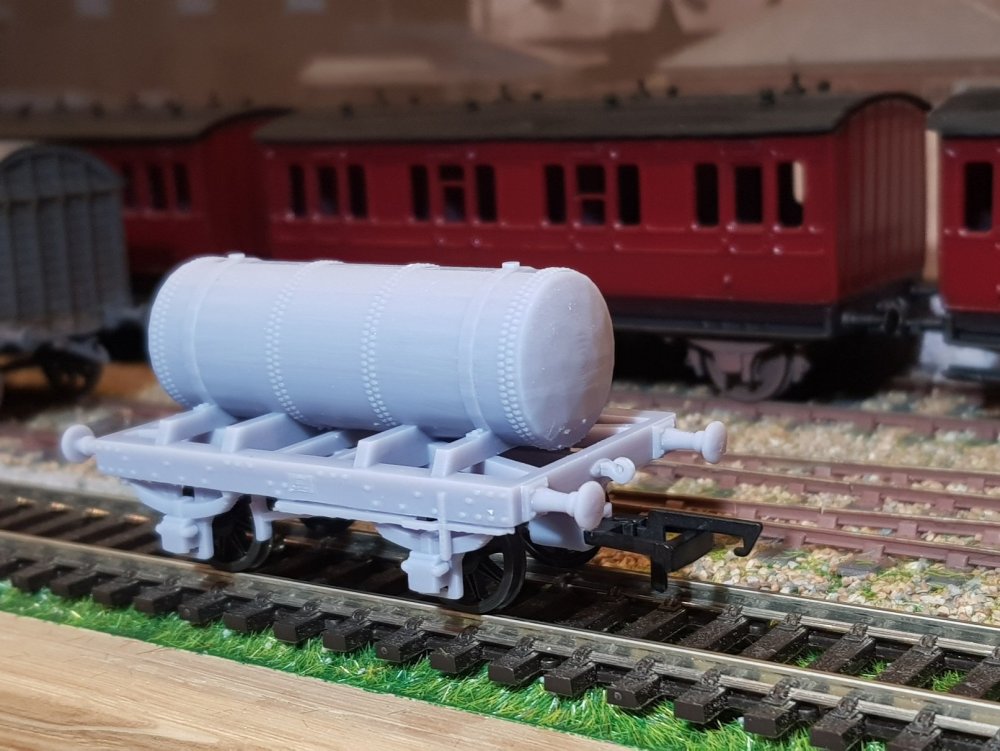
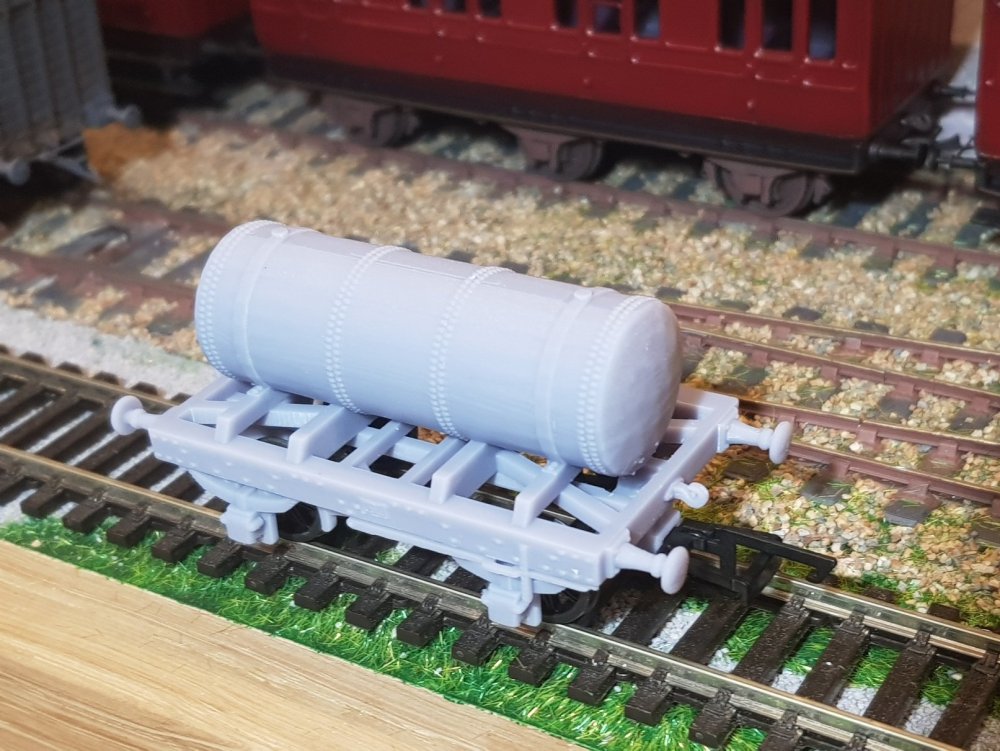
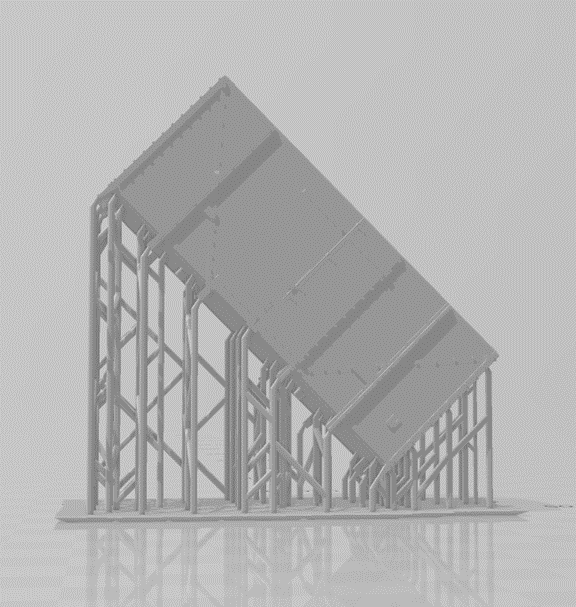
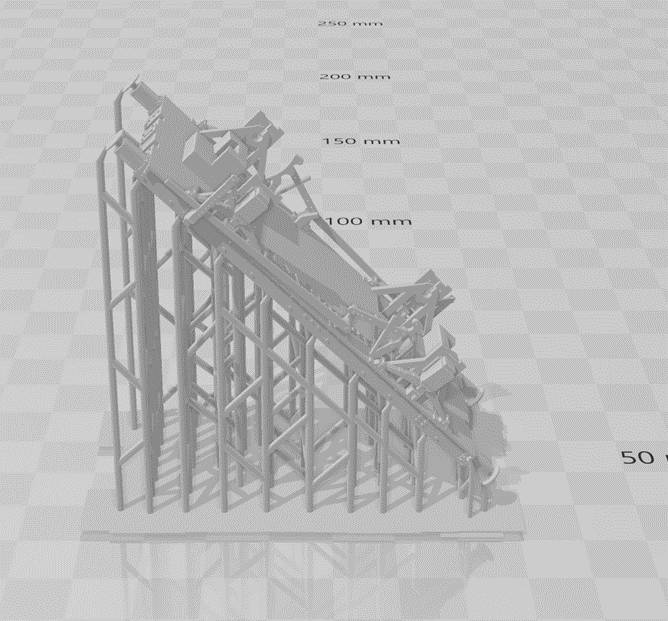
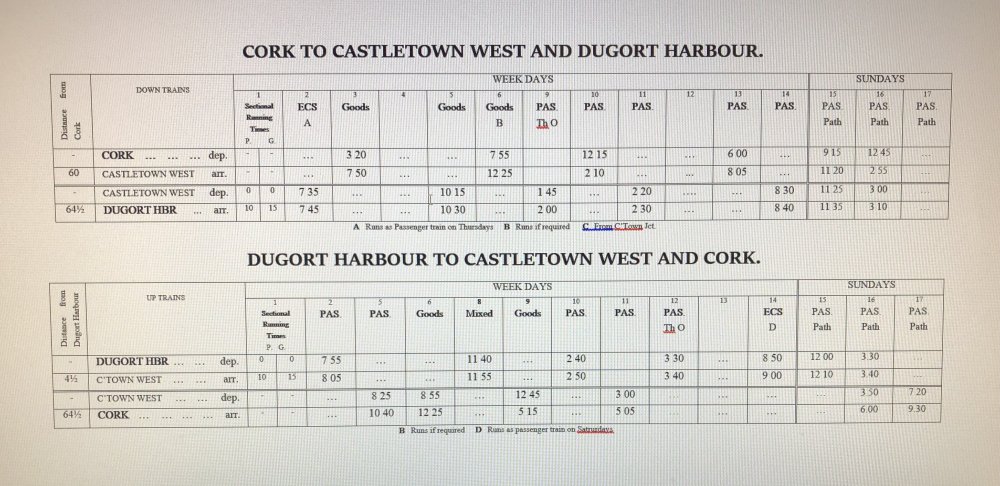
JM Design 20T "Flying Snail" Brake Vans
in JM Design
Posted
Prices are in $NZ which is usually exchanges at a lower rate that $Au or $USd. You can view the prices in Euro, GBP, USD if you let Shopify view your regional settings.
As much as I would love to return to Ireland I am too attached to our 1920s bungalow on a quarter acre section, wife, daughter and Kiwi way of life let alone the cost of re-location to consider returning.
Prices for my models would have to be higher with Irish Vat, higher labour and production costs, I can just about afford to keep the enterprise going out of my back pocket at the moment. Shipping rates are broadly similar to between UK and IRL as postal rates are similar to the MacDonalds fast food exchange rate.
Hopefully at some stage I will begin producing Kiwi and possibly Australian 3'6" kits & rtr locos and stock to broaden my customer base and improve the viability of the business.